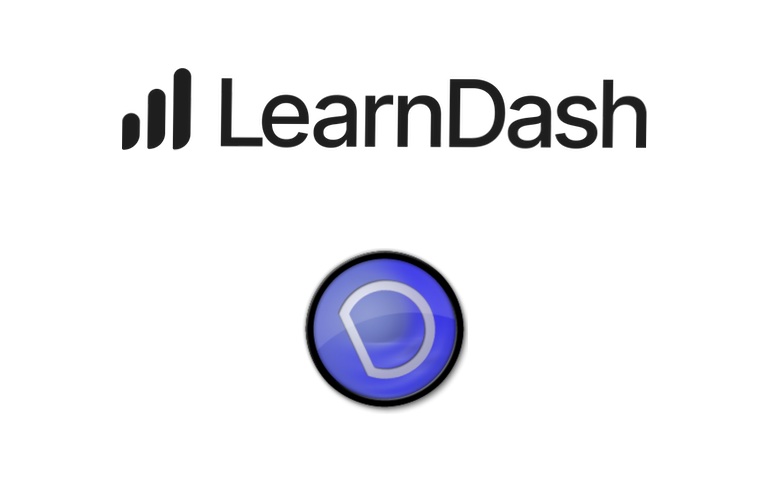There was a definite theme to the work we were doing in March in the Delicious studio – lots of API integrations! We used various APIs from Google, Amazon, YouTube and Mapbox on various clients’ websites to improve the usefulness of content for users, add functionality for clients and keep them compliant with strict selling platform requirements…
Using Google Analytics Data API to display “Most Read” articles
Our client wanted to display their most read articles at the top of their blog page, as their current website simply displayed featured posts. In order to display the most read posts, we needed to use data from their Google Analytics account to identify the number of page views of each post had over a 30 day window. We could then use this to populate a section on their blog showing the most popular posts over the last month.
For this, we used the Google Analytics Data API to integrate Google Analytics 4 data into the website and display the most read posts. We were then able to apply the same integration to their knowledgebase, displaying the most frequently asked questions and answers, providing a more useful experience for their website visitors (and giving their marketing team some insights into how customers are consuming their content).
Audit log for email marketing consent
A client wanted to be able see when individuals opted in and out of email communications to create an audit trail they could use to remain GDPR compliant.
Users can have two email addresses in the system, one for work and one personal. They also have the ability to change the email address they have registered with the site. This can sometimes lead to problems it the user forgets which email addresses are opted in and questions receiving emails to a certain account.
The audit log provides a way for the client to see when each email address opted in to ensure they’re keeping a record of consent. This log stores a hashed value (rather than the email address) for security purposes, but if a user queries why they’ve received email to a certain email address, the client can hash the email address and query that against the data held in the audit log to provide evidence of consent being given.
Rapid growth for LearnDash client requires a few technical tweaks
One of our many LearnDash clients has experienced a surge in new signups on their website from around 1,000 to 13,000 in the space of a few months. Although WordPress and LearnDash can cope with a large number of users, it’s worth making a few changes to help the site run smoothly with the added pressure on resources.
The client was noticing the site loading slower than usual, particularly in the backend when they were making changes. We provided advice on how to ensure the site works well with their current hosting setup, allowing them to grow on their existing platform.
Amazon PAAPI integration
We helped a client who runs a deals website offering best offers on products on Amazon. Amazon have strict guidelines on pricing accuracy and the client needed to ensure the prices shown on their website were current (updated within the last 24 hours) in order to comply with Amazon’s guidelines.
To do this, we used the Amazon Product Advertising API (PAAPI for short!) to automatically check Amazon each day for the most up-to-date price. There are several restrictions with using their API and one was the number of requests we could send each day. To make the most efficient use of this integration, we therefore updated several products in the same request.
Course tile redesign for LearnDash website
The client wanted to offer a more visually appealing experience for website visitors when browsing their range of courses. They were concerned the course tiles were too large and taking up too much space meaning they could only display a small number of courses above the fold.
We worked with them to create a more streamlined design that could showcase more courses and make it easier for the learner to find the courses they were looking for. As part of this project, we built in functionality to allow the client to change certain design elements themselves such as the colour of each course tile.
Work for a partner agency with a tight deadline
We work with several other design agencies that don’t have development skills in-house to build functionality into their clients’ websites. This month we were able to help out an agency at short notice to ensure their client’s website was updated and compliant in time for a 31st March deadline.
Mapbox API
We have a client who displays live webcam footage from over 2,000 places across the globe! They also have an International Space Station tracker to let users track the location of the ISS on an interactive map. We used the Mapbox API to allows us to place a pin on the map and move the pin to the current location while the map is being wathed.
We were also tasked with finding a way to check for new live webcam videos streaming on YouTube and also automatically detect issues with existing live streams and produce a report of those which need attention. For this, we used the YouTube API. This saves the client having to manually check each webcam and provides a proactive list of actions they need to take to keep the website functioning.
Delegate directory launches for the client’s first event
In previous posts we’ve discussed our project to build a directory for one of our clients in the built environment sector who runs events throughout the year. The directory provided a way for attendees and exhibitors to connect and arrange appointments to add more value to their event experience. The functionality went live in time for their event held at the beginning of March and was well used by attendees. Feedback from the client has been positive with just a few minor tweaks to make before their next event in July.

